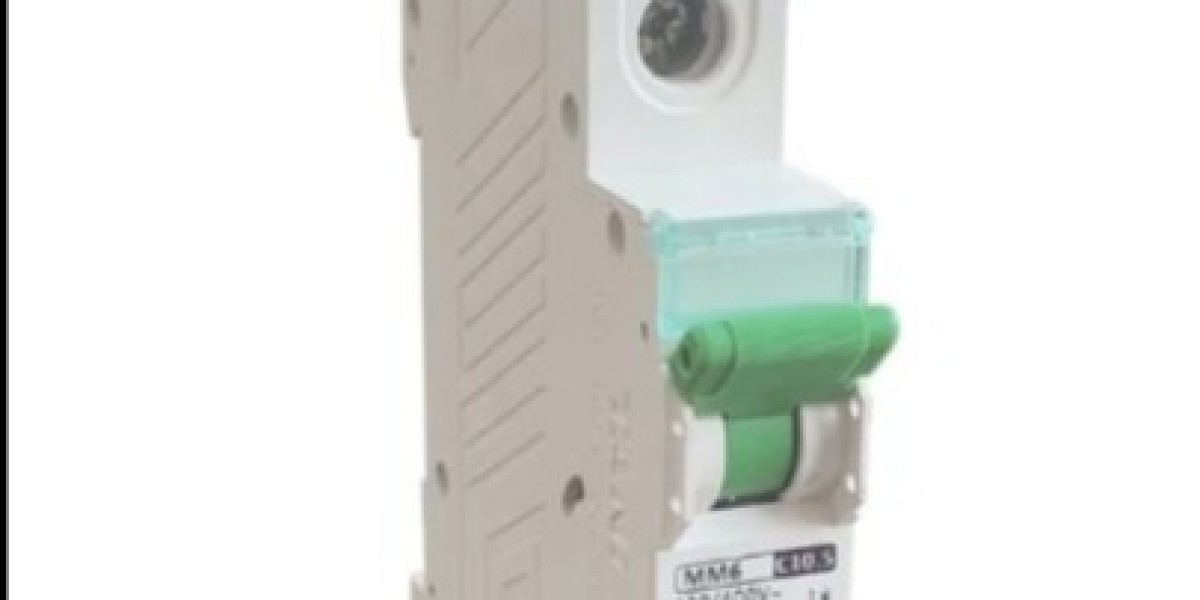Circuit breakers are essential components in electrical systems, providing safety and protection against overcurrents and short circuits. Let’s explore how they work, their components, and their crucial role in maintaining safety and reliability.
Basics of Household Electricity
To understand how circuit breakers work, let’s start with the basics of household electricity:
Voltage: Voltage is the “pressure” that makes an electric charge move. It’s the force that drives current through a conductor.
Current: Current is the charge’s “flow.” It’s the rate at which the charge moves through the conductor. Current is equal to voltage divided by resistance (I = V / R).
Resistance: The conductor offers resistance to the flow of current. Different appliances and light bulbs in your home contribute to the overall resistance (load) in the circuit.
Circuit Breaker Operation
Detection of Faults:
- When excessive current flows due to a short circuit or overload, the circuit breaker detects it.
- The internal trip mechanism responds by opening the circuit, interrupting the current flow.
Arc Extinction:
- As the contacts of the circuit breaker open, an arc forms due to current interruption.
- The breaker’s design includes features to extinguish this arc, preventing damage to the contacts.
Reset and Reconnection:
- After the fault is cleared, the circuit breaker can be manually or automatically reset.
- Once reset, it reconnects the circuit, restoring power.
Types of Circuit Breakers
Air Circuit Breakers (ACBs):
- Used for low-voltage applications.
- Operate in air and extinguish arcs using magnetic blowouts.
Molded Case Circuit Breakers (MCCBs):
- Suitable for residential and commercial installations.
- Enclosed in a molded case and offer adjustable trip settings.
Miniature Circuit Breakers (MCBs):
- Found in household distribution boards.
- Protect circuits from overloads and short circuits.
Oil Circuit Breakers:
- Used in high-voltage applications.
- Arc extinction occurs within oil-filled chambers.
Vacuum Circuit Breakers:
- Ideal for medium-voltage applications.
- Arc quenching takes place in a vacuum.
Importance of Circuit Breakers
- Safety: Circuit breakers prevent electrical accidents by disconnecting faulty circuits promptly.
- Equipment Protection: They safeguard appliances, motors, and devices from damage.
- Fire Prevention: By interrupting faulty circuits, circuit breakers reduce fire risks.
- Selective Coordination: Properly coordinated breakers isolate only the faulty section, minimizing downtime.
Understanding circuit breakers empowers homeowners, electricians, and engineers to make informed decisions about electrical systems. These simple yet crucial devices play a vital role in maintaining safety and preventing disasters11. ?



